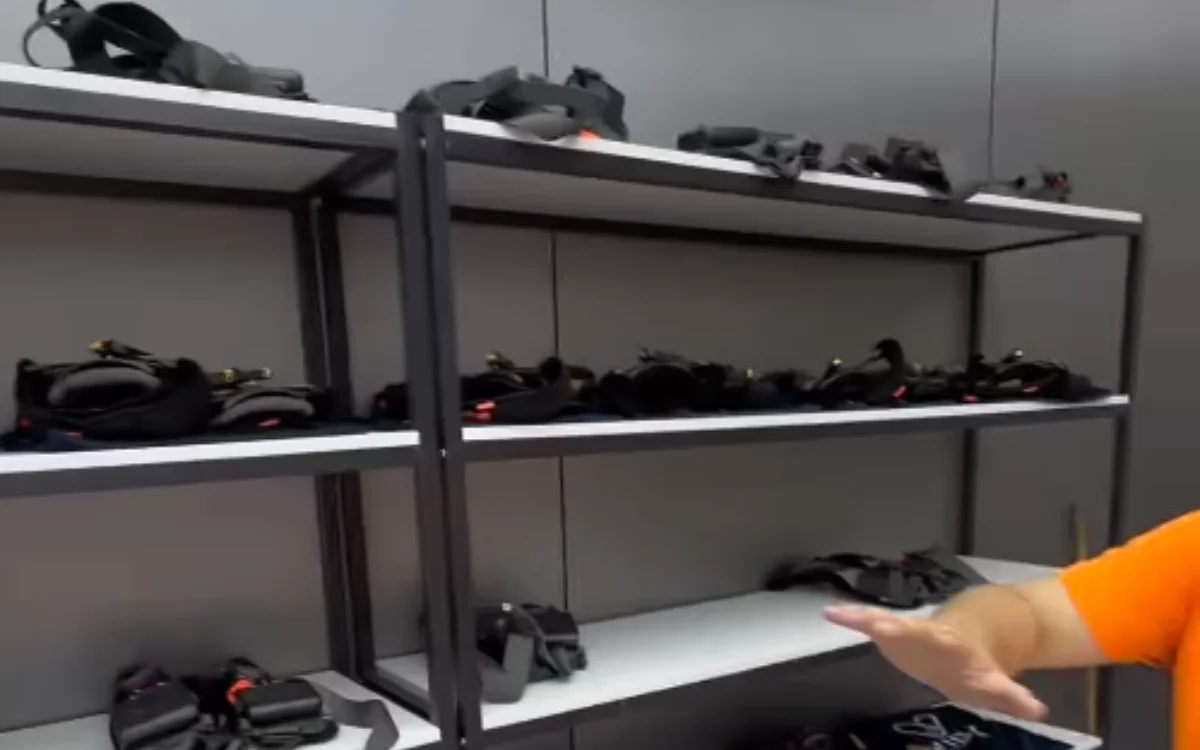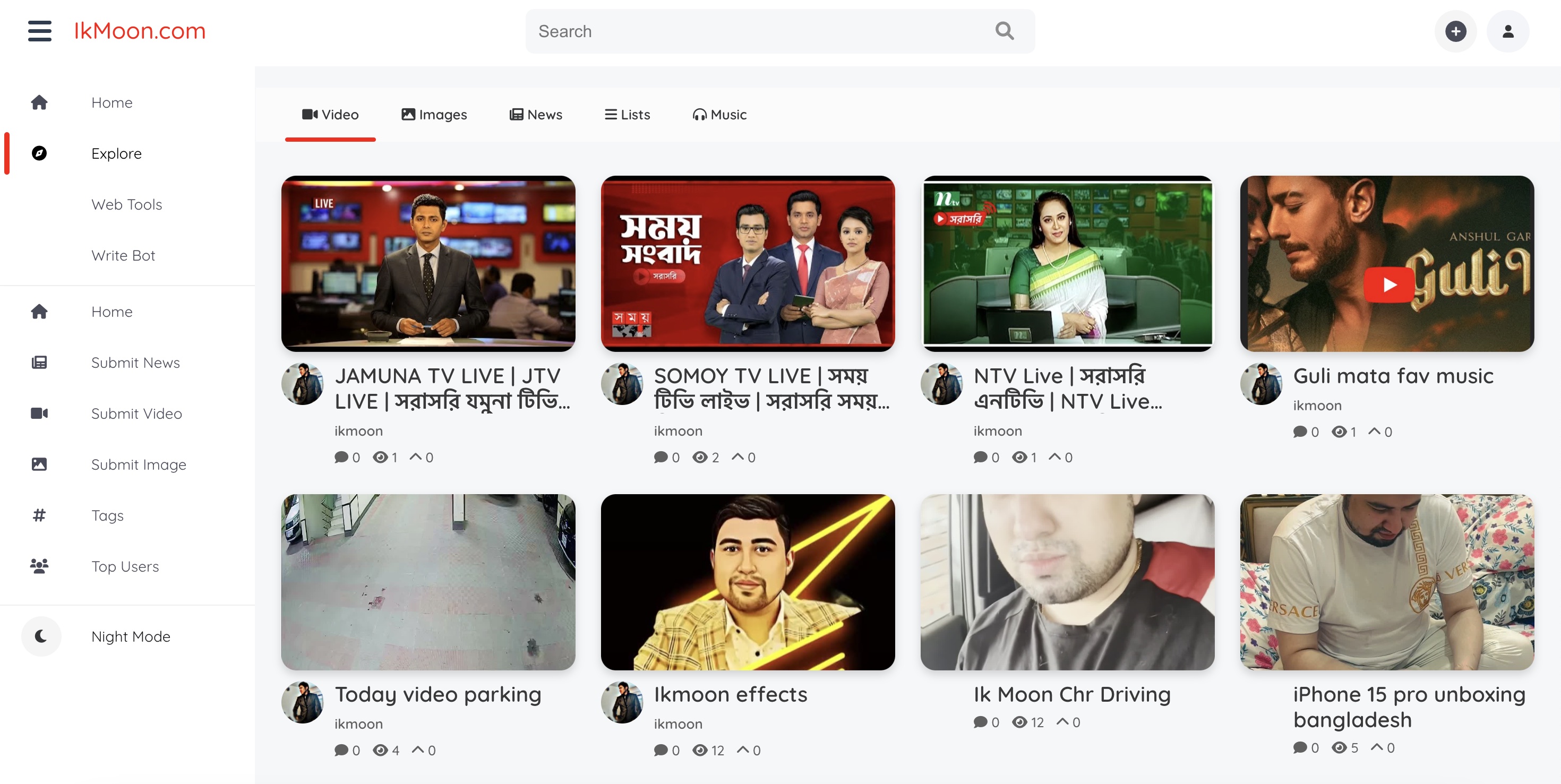Everything About Order Book Models in Decentralized Exchanges
The post Everything About Order Book Models in Decentralized Exchanges appeared on BitcoinEthereumNews.com. Decentralized exchanges (DEXs) have played a massive role in the DeFi ecosystem, providing a means to trade crypto assets without centralized intermediaries. Moreover, DEX order books enable trustless peer-to-peer trading. What is an Order Book? An order book is an electronic ledger that tracks buy and sell orders for a financial asset. It gives market participants a transparent view of the current supply and demand. Order books display the highest buying prices (bids on the left) and the lowest selling prices (asks on the right). The difference between the best bid and best ask prices is known as the bid-ask spread. Centralized exchanges rely on a centralized server to maintain and match orders in the book. DEXs, however, use smart contracts on blockchains like Ethereum to manage their order books transparently and censorship-resistantly. 1. On-Chain Order Books All orders and trades are directly recorded on the blockchain in on-chain order books. Every time a user posts, cancels or fills an order, the change is committed via a blockchain transaction. This gives complete transparency over the state of the order book. The key advantage of on-chain order books is their tamper-proof nature. No single entity can manipulate or censor the book. However, recording all order data on-chain increases gas costs and limits scalability. Early DEXs like EtherDelta used on-chain order books. Still, later iterations shifted to hybrid models to improve efficiency. 2. Off-Chain Order Books Off-chain order books store order data off the blockchain, typically on a centralized server controlled by the DEX. While this improves scalability and reduces latency compared to on-chain books, it compromises transparency and decentralization. Many DEXs cryptographically sign key order book data to mitigate risks before broadcasting it. This prevents tampering while keeping most data off-chain. For example, using an off-chain Order Relay system, the 0x…

The post Everything About Order Book Models in Decentralized Exchanges appeared on BitcoinEthereumNews.com.
Decentralized exchanges (DEXs) have played a massive role in the DeFi ecosystem, providing a means to trade crypto assets without centralized intermediaries. Moreover, DEX order books enable trustless peer-to-peer trading. What is an Order Book? An order book is an electronic ledger that tracks buy and sell orders for a financial asset. It gives market participants a transparent view of the current supply and demand. Order books display the highest buying prices (bids on the left) and the lowest selling prices (asks on the right). The difference between the best bid and best ask prices is known as the bid-ask spread. Centralized exchanges rely on a centralized server to maintain and match orders in the book. DEXs, however, use smart contracts on blockchains like Ethereum to manage their order books transparently and censorship-resistantly. 1. On-Chain Order Books All orders and trades are directly recorded on the blockchain in on-chain order books. Every time a user posts, cancels or fills an order, the change is committed via a blockchain transaction. This gives complete transparency over the state of the order book. The key advantage of on-chain order books is their tamper-proof nature. No single entity can manipulate or censor the book. However, recording all order data on-chain increases gas costs and limits scalability. Early DEXs like EtherDelta used on-chain order books. Still, later iterations shifted to hybrid models to improve efficiency. 2. Off-Chain Order Books Off-chain order books store order data off the blockchain, typically on a centralized server controlled by the DEX. While this improves scalability and reduces latency compared to on-chain books, it compromises transparency and decentralization. Many DEXs cryptographically sign key order book data to mitigate risks before broadcasting it. This prevents tampering while keeping most data off-chain. For example, using an off-chain Order Relay system, the 0x…
What's Your Reaction?










































